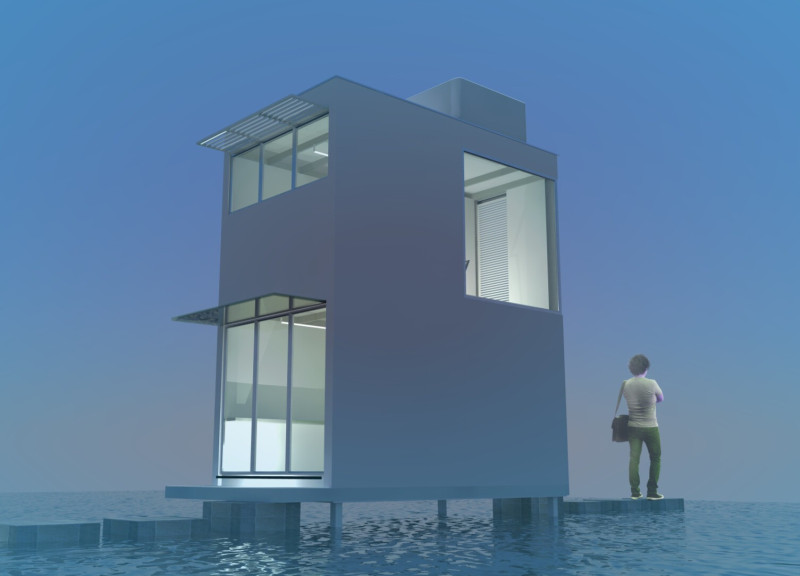5 key facts about this project
At its core, the project represents a synthesis of form and function, where each element is meticulously designed to fulfill specific needs while promoting an overall sense of harmony. The building serves as [insert function, e.g., a community center, residential space, educational facility], demonstrating how thoughtful architecture can cater to the dynamics of everyday life. It provides a welcoming environment that encourages interaction and serves as a hub for various activities, fostering a sense of belonging among its users.
The design process incorporates a range of innovative approaches that distinguish this project. One of the significant aspects is the thoughtful spatial organization. The layout is intuitive, guiding occupants through its spaces while maintaining an open and airy feeling. The use of large windows not only maximizes natural light but also creates visual connections with the exterior landscape, blurring the lines between indoor and outdoor living. This design choice is reflective of a growing trend in architecture that values transparency and inclusivity, allowing nature to flow into the living spaces.
Materials play a critical role in the overall architectural expression. The project employs a combination of concrete, wood, and glass, each chosen for its functional and aesthetic properties. Concrete is utilized for its structural strength and durability, forming the backbone of the building. The incorporation of wood adds warmth and texture, creating inviting interiors that soften the utilitarian aspects of concrete. Glass surfaces, strategically placed, enhance the experience by providing unobstructed views and facilitating airflow, contributing to both energy efficiency and visual appeal.
The color palette is another noteworthy feature of the design, emphasizing natural tones that resonate with the project’s environment. By selecting hues that mimic the colors found in nearby natural landscapes, the architecture complements its surroundings rather than competing with them. This mindful approach ensures that the project is not only a structure but also an extension of the site itself.
Sustainability is seamlessly integrated into the architectural framework, with features such as green roofs and rainwater harvesting systems, demonstrating a commitment to environmental stewardship. These elements not only reduce the carbon footprint of the building but also enhance its livability. The green roofs provide insulation and encourage biodiversity, while rainwater systems promote efficient resource use, creating a model for responsible architectural practices.
Moreover, the project reflects contemporary ideas in architectural design related to community and connectivity. Spaces are designed to be flexible, allowing for various functions and encouraging adaptability. This flexibility ensures that the space can respond to the changing needs of its users over time, reinforcing the idea that architecture is not static but a living part of its community.
Exploring the architectural plans, sections, and overall design details will provide further insights into how these elements come together. Each aspect of this project reflects a dedication to creating a functional and aesthetically pleasing environment that serves its users while respecting the landscape. For those interested in understanding the intricacies of architectural ideas that underpin this project, reviewing the project presentation will offer a comprehensive view of its innovative design approach and execution.


 Bruno Da Silva Azevedo
Bruno Da Silva Azevedo 























